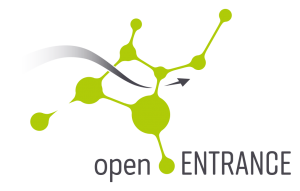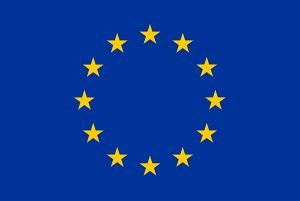The openENTRANCE Scenario Explorer
The scenarios published so far have been made publicly available under an open-source license on the openENTRANCE Scenario Explorer hosted by IIASA. More scenario results will be released in this resource as the project continues.





